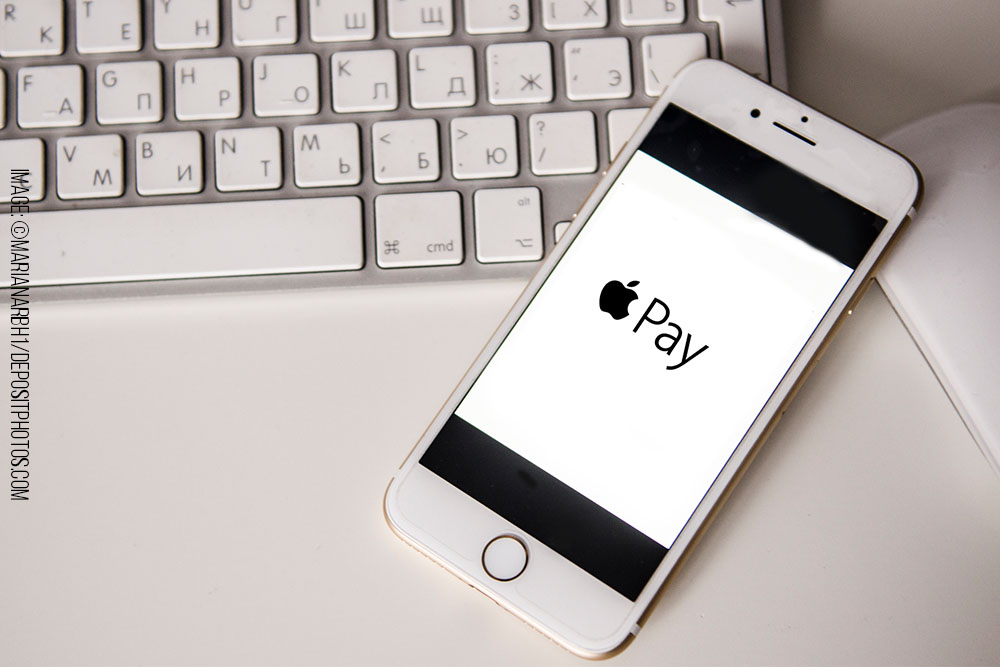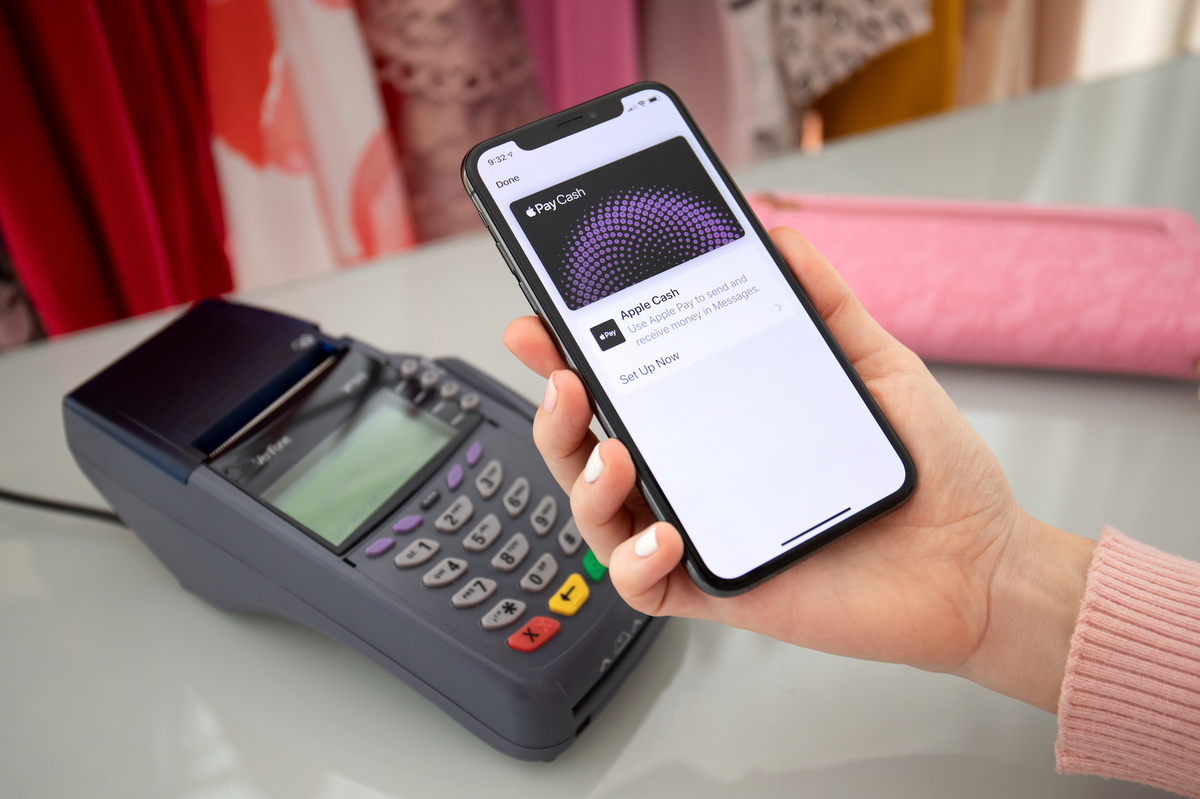Why is my apple payment pending in 2023? (answered!)
Are you perplexed as to why your Apple Payment is still pending in 2023? Have you been trying to figure out what is delaying the completion of payment and when it will finally go through?

Since Apple launched its digital payment system, many people have taken advantage of its convenience.It has become one of the most popular payment options available. With this increase in usage comes more people wondering what delays might be causing their payments to be pending for so long.
Digging into this topic further can help us find some answers about what could be causing Apple Payment delays, regardless of when you made the transaction. In this article, we will investigate what might be behind a delayed transaction and how it can be avoided in future transactions.
Overview of Apple Pay
Apple Pay is a mobile payment and digital wallet service by Apple Inc. that allows users to make payments in person, in iOS apps, and on the web. It is available for iPhone, iPad, Apple Watch, and Mac devices. With Apple Pay, users can pay with their device instead of using cash or credit cards.
Apple Pay works with most major banks and credit card providers, making it easy for people to use their preferred payment method when shopping online or in-store. To get started with Apple Pay, users will need to add their supported card to the Wallet app on their device. Once added, they can use Touch ID or Face ID to securely authorize payments when needed.
Reasons for Payment Pending in 2023
In 2023, it is possible that your Apple Pay payment may be pending for a variety of reasons. These can include technical issues, merchant delays, or other reasons outside of your control.
If you experience a delay in processing your payment, the first step is to contact the merchant you are paying and ask them about their processing time. If they do not have an answer for you, then contact your bank or credit card provider to determine if there are any problems on their end. It is also possible that the problem lies with Apple Pay itself and technical issues could be causing the delay.
You can check Apple’s System Status page on its website to see if there are any known issues that could be impacting payments. Additionally, you may want to try restarting your device or reinstalling the Wallet app as this might fix some technical issues that could be causing payment delays.
What is Apple Pay?
Apple Pay is a digital payment service from Apple that allows users to make payments with their iPhone, iPad, Apple Watch, or Mac. It works by connecting your debit or credit cards to the Apple Pay app, which then securely stores this information and allows you to quickly and easily pay for purchases.
When you use Apple Pay, your payment information is not shared with the merchant – instead it is securely stored in the cloud and protected with industry-leading encryption technology. Additionally, each transaction requires authentication via Face ID, Touch ID, or a passcode depending on what device you are using.
Apple Pay can be used for online purchases as well as in physical stores where contactless payments are accepted. With Apple Pay you can also send money to friends and family members instantly without having to enter any personal information.
How Does It Work?
Apple Pay is designed to make payments easier and more secure. When you add a card to Apple Pay, it is encrypted and stored in the cloud. When you make a purchase, Apple Pay sends a unique payment token instead of your card information, so your personal and financial details remain safe. To authenticate a transaction, you’ll use either Face ID, Touch ID, or a passcode depending on the device you are using.
When shopping online or in stores with Apple Pay, all you need to do is double-click the side button on an eligible device and hold it near the contactless payment terminal. You can also pay within apps and websites that accept Apple Pay without having to enter your credit card details every time.
Whether you’re paying for groceries at the store or ordering takeout from an app, Apple Pay makes it simple and secure to make payments quickly without ever having to reach for your wallet.
Benefits of Using Apple Pay
Apple Pay is a convenient way to make payments quickly and securely. With Apple Pay you can pay for goods and services in stores, online, within apps, and on the web. It’s easy to set up, and you don’t need to carry any cards with you – just your device. Plus, Apple Pay provides an extra layer of security with its tokenization feature that replaces your card information with a unique payment token to protect your personal data.
Using Apple Pay also means that you don’t have to worry about being overcharged or double charged for purchases as it eliminates the need for physical credit cards. With Apple Pay, all transactions are tracked in real time so you can easily keep track of what you’re spending on. Additionally, Apple Pay offers rewards programs that some banks may not offer when using traditional credit cards.
Overall, Apple Pay offers a safe and secure way to make payments conveniently without having to worry about carrying cash or physical credit cards around with you. It’s fast and efficient, making it an ideal choice for those who want quick payments without sacrificing their security or privacy.

Why Are Payments Pending?
When making payments with Apple Pay, you may find that your payment is pending or processing. This often happens when the transaction is being checked or verified by the bank and can take some time to complete. The amount of time required for a payment to go through can vary depending on the type of transaction and the bank’s policies. In some cases, payments may remain pending for up to 20 days.
If your payment remains pending for more than 20 days and you haven’t received any updates from the bank, contact their customer service team to resolve any potential issues that may be causing delays in processing your transaction.
Covid-19 Pandemic Impact on the Economy
The Covid-19 pandemic has had a devastating impact on the global economy. In 2020, the world suffered its biggest economic contraction since World War 2 as businesses and industries were forced to close due to lockdowns and social distancing measures. This resulted in mass unemployment and reduced consumer spending, leading to a recession in many countries.
The effects of the pandemic are felt across all sectors of the economy, with some suffering more than others. Tourism and hospitality have been particularly hard hit, with cities across the world seeing a sharp decline in visitors and tourist bookings. Manufacturing has also taken a major hit as supply chains were disrupted by travel restrictions and border closures.
The retail industry has experienced losses due to store closures, while small businesses have struggled to stay afloat without access to capital or supportive government policies. The pandemic has also had negative effects on the stock market, with many investors selling off shares amid fears of an impending economic downturn.
Financial Institutions’ Processing Times and Limitations
Financial institutions face a difficult task when it comes to processing payments in a timely manner. With an increased demand for online services, the demand on these institutions has grown exponentially. In order to keep up with this demand, financial institutions have been forced to increase their processing times and put limitations in place.
For example, many banks now require customers to wait 3-5 business days for a payment to process. Additionally, some banks have implemented daily limits on how much money can be sent or received each day. These limits are designed to help minimize fraud and ensure that all transactions are secure.
Furthermore, certain payment methods may experience additional delays due to increased security measures. For instance, Apple Pay requires customers to authenticate each transaction with biometric identification before it is approved and processed. This additional step adds extra time onto the processing timeline but ensures that all payments are made securely and without risk of fraud.
Transaction History and Eligibility Requirements for Payment Authorization
Transaction history and eligibility requirements are important considerations when it comes to authorizing payments. A customer’s transaction history can help financial institutions determine their eligibility for payment authorization, as well as the risk associated with that transaction.
When a customer makes a payment, the institution will take into account the customer’s past payment behavior and credit score to assess their level of risk. If a customer has a history of late payments or unpaid debts, they may be deemed ineligible for payment authorization. On the other hand, customers with strong payment histories and good credit scores may be more likely to receive authorization.
In addition to transaction history and credit scores, certain eligibility requirements must also be met before a payment is authorized. Generally speaking, these requirements include proof of identity, address verification, and bank information. Customers must provide all necessary documentation in order to secure authorization for their transactions.
What Are Some Possible Solutions for Quicker Payment Authorization?
One possible solution for quicker payment authorization is the implementation of automated verification processes. By implementing automated verification processes, financial institutions can quickly and securely verify customers’ identities and other necessary information. This will allow them to quickly and accurately assess their risk level and determine whether or not to authorize the payment.
Another potential solution for faster payment approval is to introduce streamlined onboarding procedures for new customers. Streamlined onboarding procedures help ensure that customers are able to provide all the necessary documentation quickly and easily in order to secure authorization for their transactions.

Finally, many financial institutions have implemented machine learning algorithms to detect fraudulent activity more efficiently. By utilizing these algorithms, financial institutions can reduce false positives while also improving accuracy when it comes to assessing risk levels associated with payments.